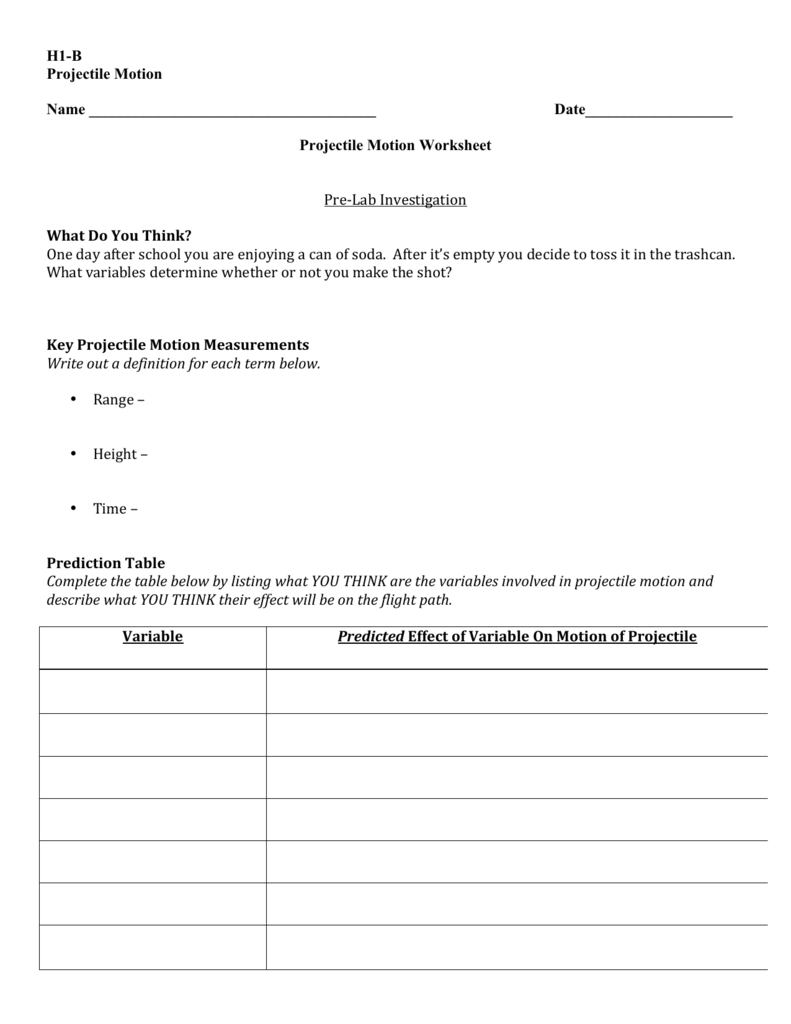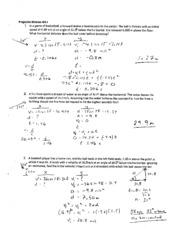
Use the information below to generate a citation. Then you must include on every digital page view the following attribution: If you are redistributing all or part of this book in a digital format, Then you must include on every physical page the following attribution: If you are redistributing all or part of this book in a print format, Changes were made to the original material, including updates to art, structure, and other content updates. Want to cite, share, or modify this book? This book uses theĪnd you must attribute Texas Education Agency (TEA). To do this, we separate projectile motion into the two components of its motion, one along the horizontal axis and the other along the vertical. Since vertical and horizontal motions are independent, we can analyze them separately, along perpendicular axes. The ball leaves with a velocity of 40.0 m/s at 50.0o to the horizontal. Keep in mind that if the cannon launched the ball with any vertical component to the velocity, the vertical displacements would not line up perfectly. A golfer is teeing off on a 170.0 m long par 3 hole.

PROJECTILE MOTION WORKSHEET FREE
You can see that the cannonball in free fall falls at the same rate as the cannonball in projectile motion. Figure 5.27 compares a cannonball in free fall (in blue) to a cannonball launched horizontally in projectile motion (in red).

The most important concept in projectile motion is that when air resistance is ignored, horizontal and vertical motions are independent, meaning that they don’t influence one another. Ask students to guess what the motion of a projectile might depend on? Is the initial velocity important? Is the angle important? How will these things affect its height and the distance it covers? Introduce the concept of air resistance. Review addition of vectors graphically and analytically.


 0 kommentar(er)
0 kommentar(er)
